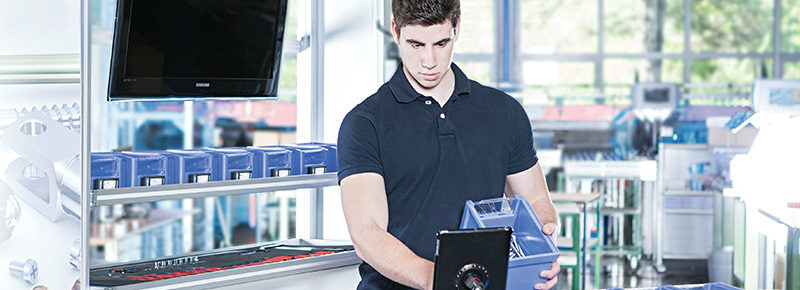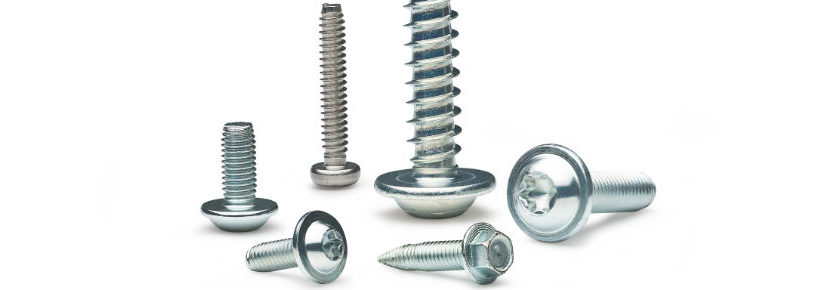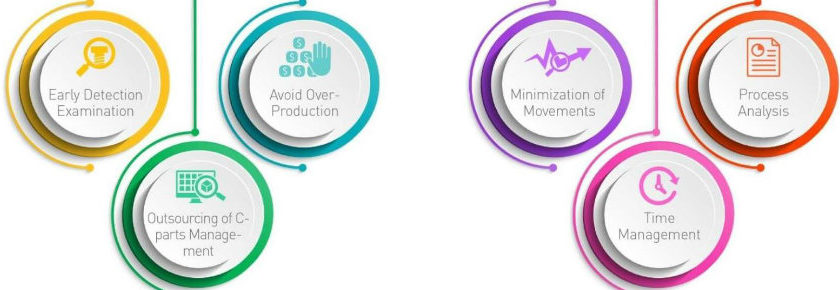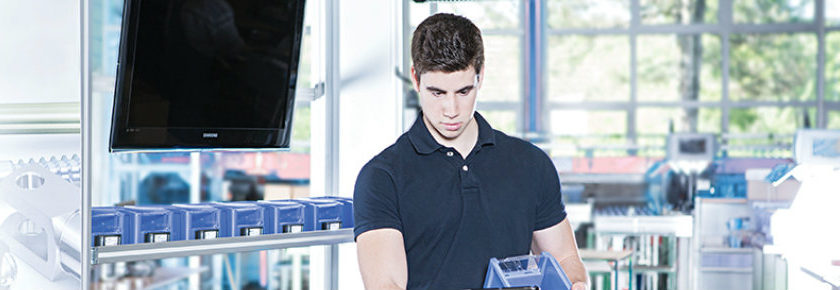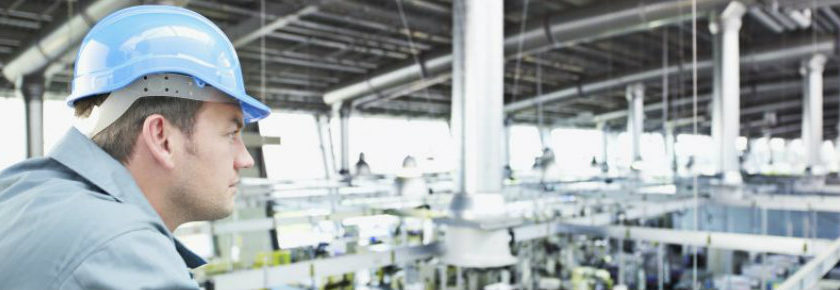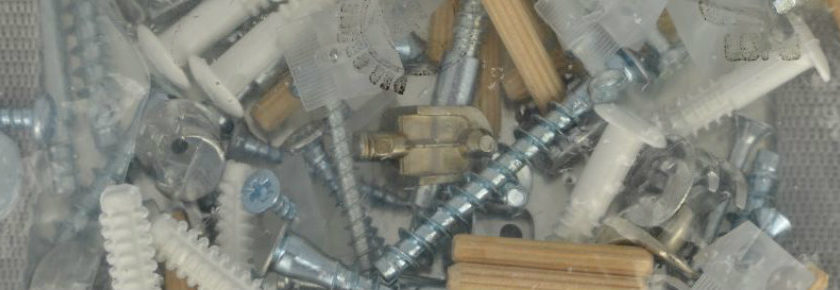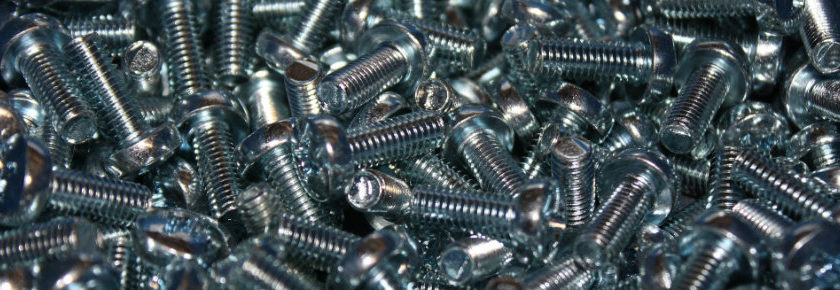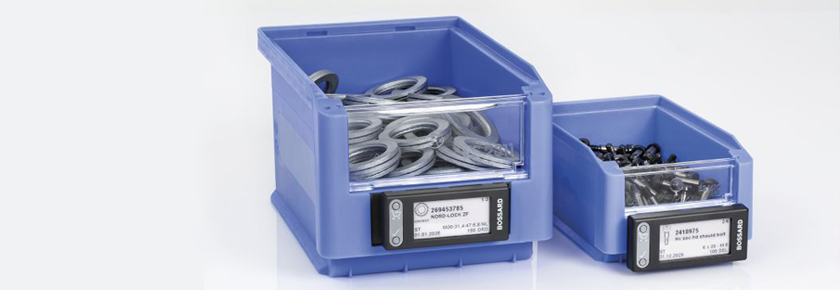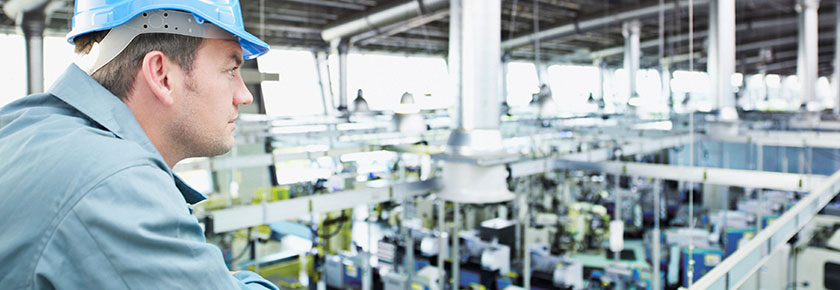Bossard offers invaluable Last Mile Management software designed to streamline the automation and data exchange process for mass customization manufacturers. We know you are constantly seeking innovative technology to reduce waste and better your business practices, and this software is designed with your goals in mind.
Our proven solution can offer a cost savings of up to 60% thanks to its focus on efficiency and providing your material controller with accurate and timely product information.
So how does it work? We provide you with an automated system designed to alert you when material replenishment is needed. It records demand in a digital picking list for you, which will be automatically received by Bossard’s Last Mile Management mobile app. This software is both intuitive and paperless, allowing you to efficiently pick the requested material at central storage locations.
Our software generates an optimized replenishment route plan, eliminating the need for you to do so and, therefore, making the process as efficient as possible. In fact, this route plan can even be sent to an automated guided vehicle which will smoothly take care of transferring material flow to your shop floor.
Don’t let full automation scare you—our system can also be easily reconfigured to give you full control. Plus, you’ll receive maintenance-free service by Bossard experts for your peace of mind.
No matter what kind of production plan you use—work cell based, batch, flow, or mixed model assembly line—Bossard’s Last Mile Management is designed to support it all. Our intuitive software provides manufacturers with a simple, cost-effective solution intended to help you reduce waste and achieve your full potential.
To see if Last Mile Management can benefit you, contact us at ProvenProductivity@bossard.com.

